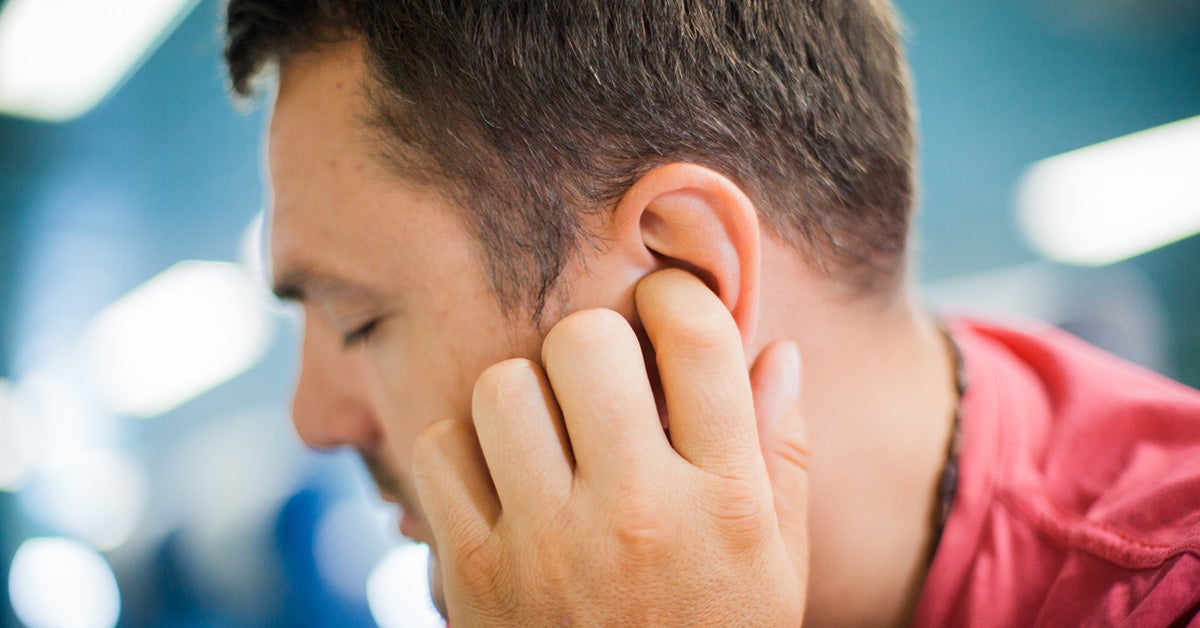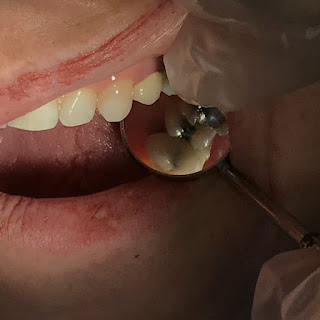Vicks for Earache: Does It Work and Should You Use It? - Healthline

Vicks VapoRub has been a household staple since it was introduced to the American public in 1890. An at-home, topical remedy, Vicks is used to ease coughs, congestion, and minor aches and pains.
You may have noticed online resources and bloggers touting Vicks as an effective treatment for earaches and other ear issues, including wax buildup. But does it work?
In a word, no. While Vicks VapoRub may have some value in treating colds and muscle aches, there's no evidence supporting its use for earaches. Keep reading to learn more.
Vicks VapoRub is available for topical use as a cream, ointment, and patch. It's also available as a shower tablet, designed for inhalation.
The active ingredients in Vicks are:
- camphor
- eucalyptus oil
- menthol
Its inactive ingredients include:
- petrolatum
- turpentine oil
- thymol
- nutmeg oil
- cedar leaf oil
Vicks doesn't cure any of the conditions it's used for, but it may provide symptom relief of nasal cooling and nasal decongestion, as one study found.
Another study found Vicks improved sleep quality for participants who had a cold. However, it's important to keep in mind that both these studies were funded by the manufacturer of Vicks VapoRub.
It's tingling sensation masks muscle aches and pain but does nothing to alleviate soreness. Even so, Vicks may have value for treating colds and muscle discomfort, since it provides relief from symptoms.
Online bloggers and several websites have recently started to tout the use of Vicks for conditions affecting the ear, such as tinnitus, earaches, and earwax buildup.
There's no research indicating that Vicks is effective for any of these uses. In addition, the manufacturer doesn't reference or recommend Vicks VapoRub be used for these purposes.
It's possible that the soothing effect of Vicks does, in fact, reduce the perception of pain in the ear. Before you put it in yours or your child's ears, it's important to assess the risks. More on that below.
It's also important to remember that Vicks can't cure an ear infection. So, it shouldn't be put in the ears of children for this purpose.
Bloggers recommend placing a dab of Vicks on a cotton swab and inserting it into the ear. This isn't a good idea.
Cotton swabs can shred, leaving fibers and ointment residue behind without you knowing it. These fibers can accumulate bacteria, causing an infection and potentially damaging the middle or inner ear. This can cause, instead of cure, tinnitus and earaches.
The ingredients in Vicks can be irritating to the nasal passages and airways. Given how close the ears are to the nose and mouth, it's very important to avoid putting Vicks in children's ears, since inhalation can cause respiratory distress.
There are other at-home earache remedies for children that are safer and more effective.
Most earaches resolve on their own. Some cases will need treatment from a doctor. To reduce discomfort while you or your child has an earache, try the following remedies:
Prescription medication
Doctors sometimes prescribe medications for ear pain that include combination antipyrine and benzocaine. Brand names include A/B Otic and Dolotic. This medication reduces swelling, pain, and congestion in the ear. It can also soften ear wax.
Herbal ear drops
A
- vitamin E
- lavender
- garlic (Allium sativum)
- great mullein (Verbascum thapsus)
- calendula (Calendula flores)
- St. John's wort (Hypericum perforatum)
Some children in both groups also received antibiotics, which researchers found didn't enhance treatment. All of the children experienced a reduction in ear pain over a 2- to 3-day period.
Over-the-counter oral pain medication
OTC pain relievers, including acetaminophen and ibuprofen, can help reduce earache pain. Make sure to use children's products if you're treating earache in a child. Discuss the proper dosing with their pediatrician.
Chiropractic care
An ear infection isn't always the reason behind ear pain. Several
- TMJ
- cervical conditions
- instances where the cause of pain is unknown (idiopathic)
Ear infections are a common complaint among infants, toddlers, and children.
Bacteria or viruses can cause ear infections. Viral infections don't respond to antibiotics and may not warrant a visit to the doctor.
However, any ear infection that causes intense pain or other symptoms should be looked at by a medical professional, especially in a child.
See your doctor for any earache accompanied by these symptoms:
- severe pain
- pain that doesn't subside after 1 to 2 days
- fretting or crying in an infant or baby
- fever
- dizziness
- headache
- neck pain
- swelling
- oozing of blood or pus from the ear
- drooping facial muscles
- difficulty hearing
- loss of balance
- unending sound in the ear or ears, such as ringing or a rushing noise
- diarrhea or vomiting
Vicks VapoRub has been a household staple for many decades. It's meant to relieve symptoms of cough, congestion, and muscle aches.
Bloggers tout it as a viable treatment for earaches, tinnitus, and earwax buildup. However, there's limited scientific evidence supporting these uses.
In addition, the manufacturer doesn't recommend Vicks VapoRub for conditions affecting the ear.
Vicks VapoRub isn't safe to use on children under 2 years old. Don't put Vicks VapoRub in or near children's ears, as it may cause respiratory distress.


Comments
Post a Comment